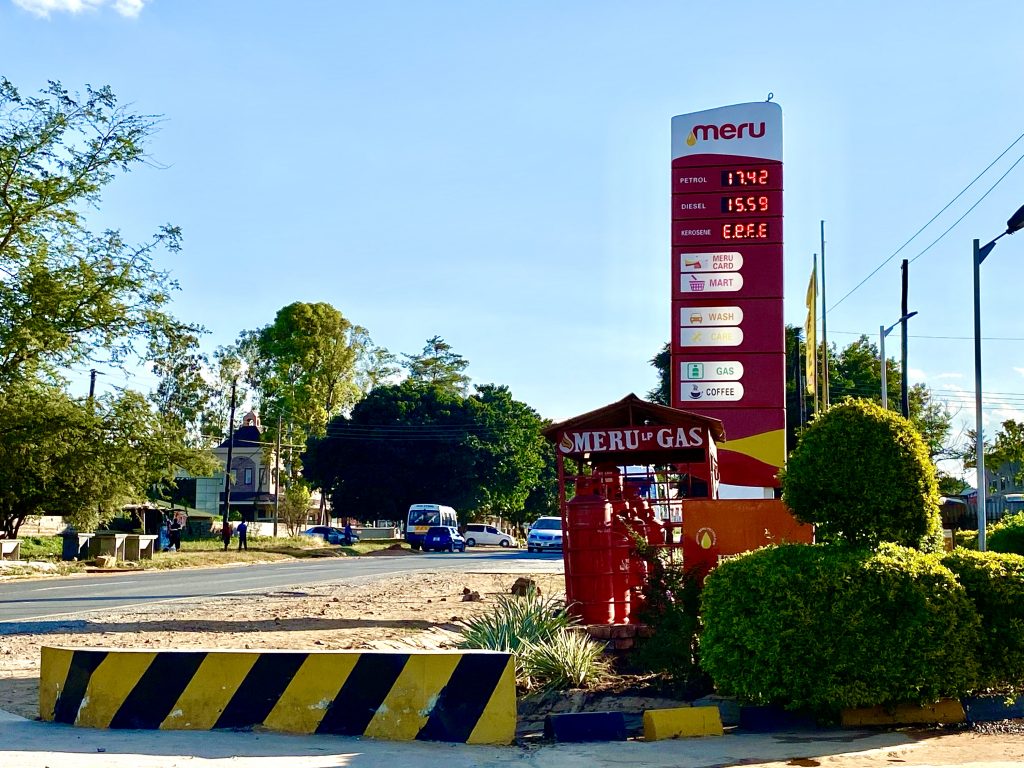In the week beginning the 03 May, Africa’s second largest copper producer expects dour Purchasing Managers Index (PMI) readings as COVID19 continues to weigh the business ecosystem. The economy seeks reprieve in a turbulent macroeconomic environment. Input prices continue to be widened by currency depreciation whose cost push effect is reflecting in higher selling prices as inflation balloons higher.
Despite international crude prices plummeting following the oil market crash, a double whammy scenario from excess supply and anemic demand fundamentals, Zambia’s Energy Regulation Board (ERB) still continues to exude inertia to adjust pump furl prices downwards. In a memo on the ERB website, the regulator said it would not be lowering fuel prices due to negated effects of currency depreciation which have erased latitude created by a slump in Brent prices over the period. The Kwacha price of crude has narrowed over 43% from 26 December 2019 when the energy regulator hiked fuel prices. Manufactures are however left hopeful that at the next fuel price review in 60 days time, old crude old stock would have depleted and will be replaced with cheaper priced inventory then can they benefit through a favorable adjustment.
Energy risks remain a big component of the Zambian depressed factory pulse given high fuel and electricity prices. March readings headlined 44.7 reading while April forecast remains a further constriction to 39-42 as currency depreciation, energy prices and lack of liquidity weigh heavily. The copper producing nation has recorded a total of 137 infections and is in the third 2 week partial lockdown period.
Peer contraction homogeneity forecast. Zambia’s peers are likely to follow a replicated homogeneity in PMI contraction from March levels. Disease pandemic continues to ravage African economies through paralyzing supply chains through lock down and social distancing protocols that persistently wane aggregate demand that had eroded revenue generating capacity of corporations and the public sector.
South Africa’s downgrade risks and energy bottlenecks are still expected to puncture growth manufacturing activity in Africa’s most industrialised economy. Inflation risks remain very high fuelled by a weak Rand as investor confidence wanes away. Kenya’s tourism and fresh cut flower industry remains suppressed and could print in the thirty’s suspension of flights into export zones persists. In similar shoes is Uganda’s tea industry whose exports have been disrupted similarly to Kenya. Ghana and Nigeria as expected to remain in contraction for the month of April.
The Kwacha Arbitrageur

